In recent years, glasses-free 3D has become a hot word, and wherever it appears, it will quickly become a hot topic on the Internet and a check-in point for Internet celebrities. With its three-dimensional and realistic picture display effect, it brings people a novel and shocking visual experience. It has not only become the “new favorite” of outdoor advertising, but also a new landmark of the city, releasing huge commercial value. Compared with traditional LED outdoor large screens, the development of naked-eye 3D large screens not only further enhances the image of the city, empowers the local economy, and revitalizes commercial vitality under the new consumption trend, but also enhances visual shock and interactivity, and can greatly Improve the effect of advertising communication; moreover, it does not need to wear any special glasses, so it is sought after and loved by more and more people.
#Muenled
#Nakedeye3DLEDDisplay
All posts tagged: Outdoor LED display
The hardest part of starting up is starting out
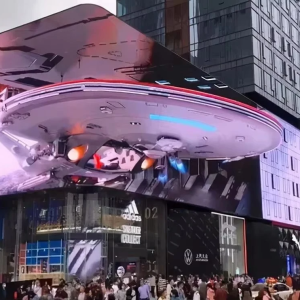
The reason why Naked-eye 3D LED Display are popular.
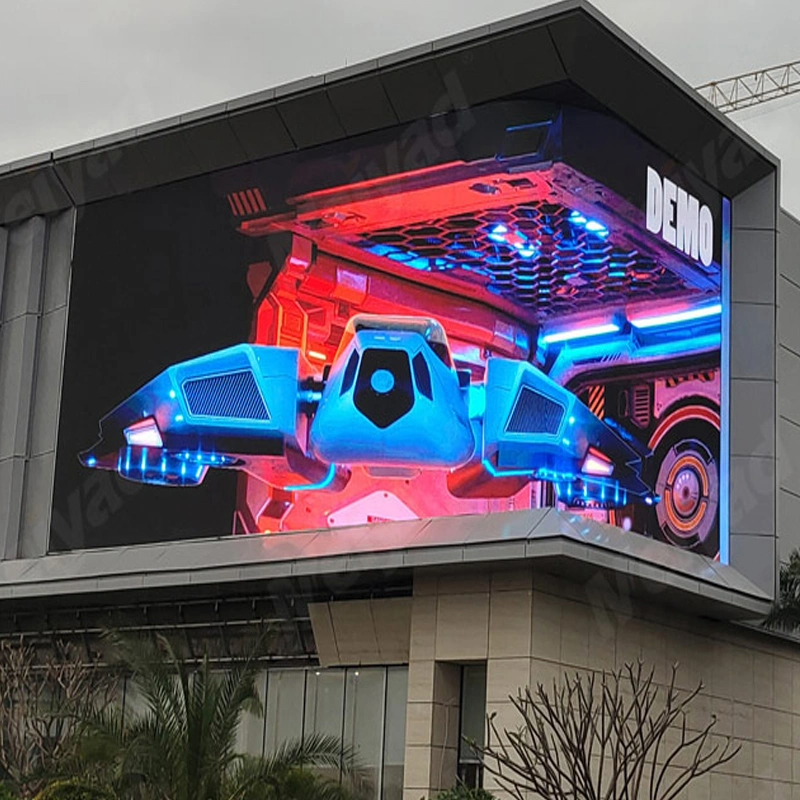
Outdoor LED 3D Billboards: Future Trends in Advertising
With the shinjuku calico cat 3D billboard video going viral, 3D billboards began to come into focus. The amazing 3D LED billboards in China have also won the favor of customers for their realistic, lifelike and impactful visual effects. If you are curious about the technology, prices, locations, features, and future development of China 3D billboard, follow me to read this post! I believe it will give you a new and exciting insight.
#Muenled
#Outdoor3DBillboards
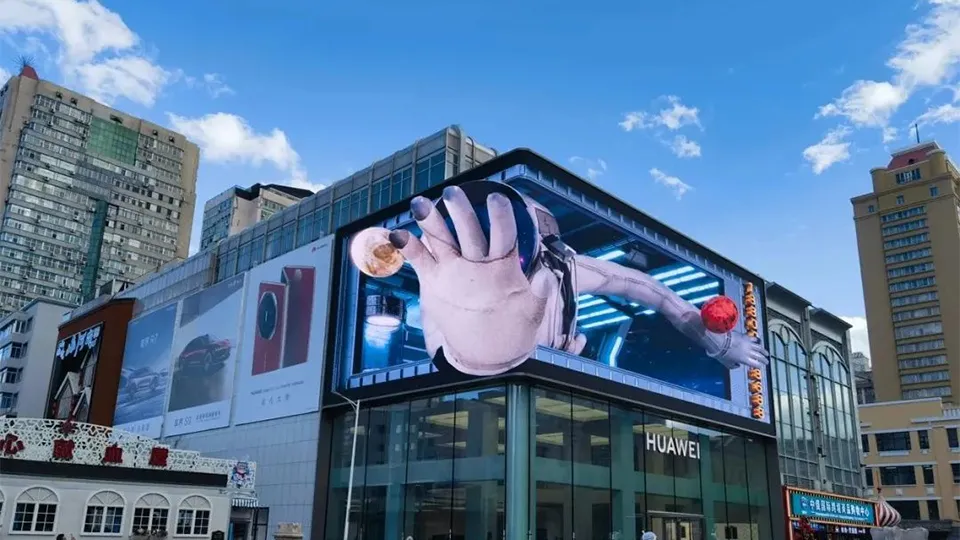
Explore the points, installation, and creative uses of outdoor LED signage screens.
Outdoor LED signs screen with its excellent visual effects and flexible application scenarios, has become an important tool in modern advertising and public information display. From the external wall of the shopping mall to the transportation hub, the outdoor LED display has attracted the attention of countless viewers with its high-definition picture, strong brightness and all-weather performance.
This article will delve into the many advantages of outdoor LED displays to help you better understand how to enhance brand awareness and optimize information dissemination through this technology.
#Muenled
#Outdoorleddisplay
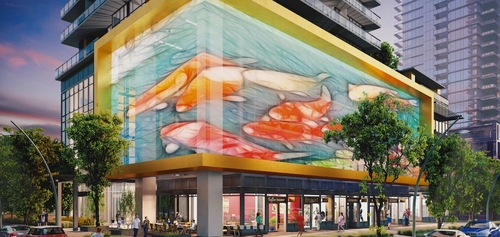
What are the best outdoor LED video walls that can change visual display?
Outdoor LED video Walls are huge advanced displays particularly outlined to with stand outdoor conditions and provide vibrant, dynamic visuals in an assortment of settings. From bustling city centres and sports stadiums to Outdoor concerts and shopping centres, Outdoor LED Walls are Transforming Public spaces by conveying locks in substance, improving occasions, and increasing brand messages. These screens not as it were serve as successful publicizing instruments but too offer assistance make paramount encounters, engage swarms, and communicate data effectively.
This comprehensive web journal investigates everything you require to know around Outdoor LED video Walls, counting their highlights, benefits, applications, and future patterns, to offer assistance you get it how this innovation is reshaping Outdoor media and engagement.
#MuenLED
#OutdoorLEDdisplay
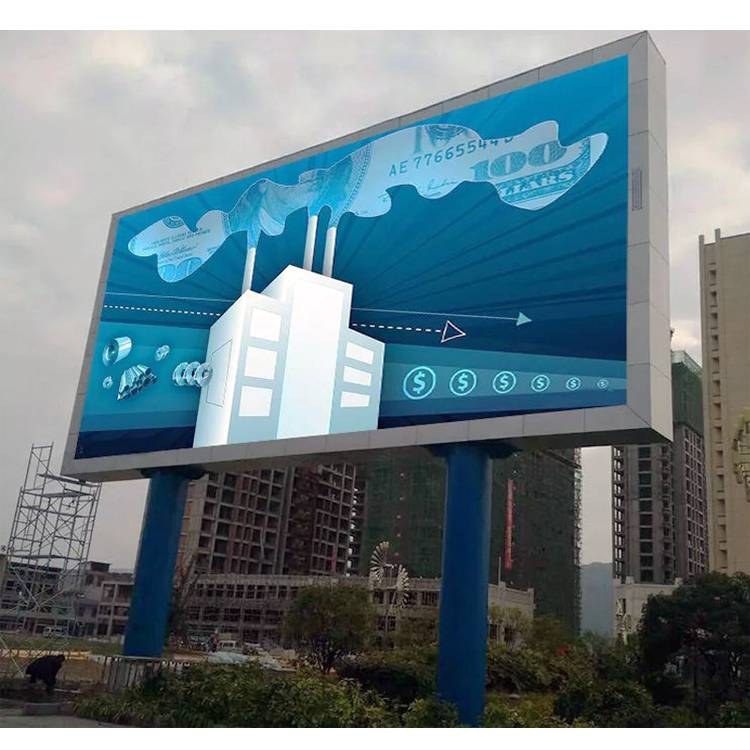
How can LED advertising boards solve today’s marketing challenges?
LED Advertising Boards are game-changers in the world of Marketing and promotions. Their dynamic displays, Energy effectiveness, and versatility make them basic instruments for businesses pointing to capture consideration. Whether utilized inside or outside, these Boards give unparalleled visibility.
#Muenled
#OutdoorLEDdisplay
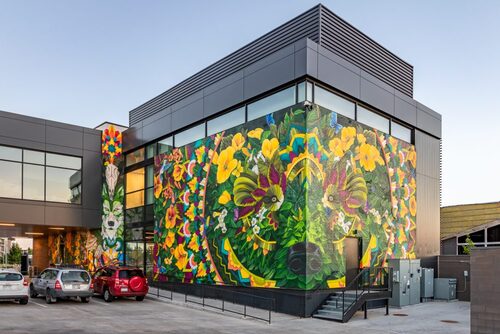
How are outdoor LED displays changing the advertising industry?
In today’s fast-paced, visually LED world, Outdoor LED Display Boards and Advertising screens have become important tools for business, and even cities. These dynamic and versatile screens charm groups of audiences with dynamic visuals, successfully conveying messages in a way that static signage never could. This article plunges profound into what Outdoor LED Display Boards are, their benefits, applications, and the future they guarantee for Outdoor Advertising and open communication.
Outdoor LED Display Boards are large screens made up of light-emitting diodes (LEDs) that deliver shinning, colourful visuals. Designed for Outdoor use, these Displays are weatherproof, strong, and competent of conveying content in tall determination. They can appear static pictures, videos, animations, and even live streams, making them a versatile medium for communication.
#Muenled
#OutdoorLEDdisplay
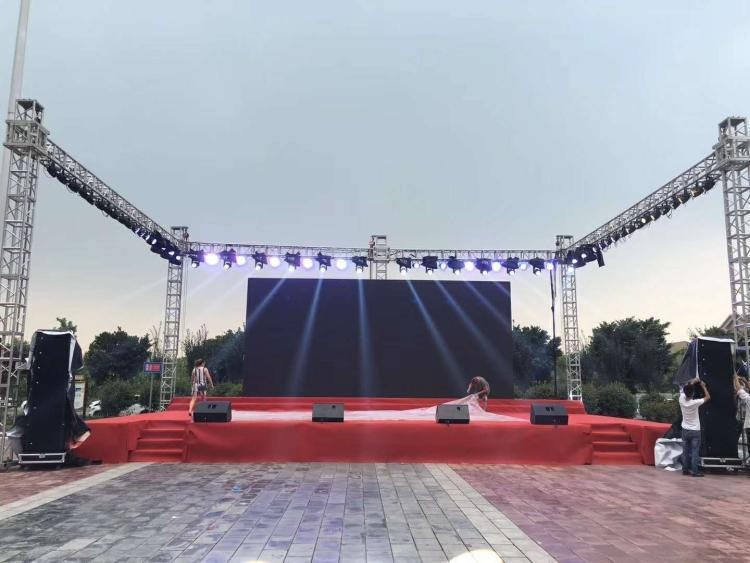
LED rental screens used in weddings and celebrations
Rental LED screens are invaluable tools for enhancing weddings and celebratory events.
Weddings and celebratory events are momentous occasions filled with joy, love, and memorable moments. To elevate these special occasions to new heights, many event planners and couples are turning to innovative technology like rental LED screen. These dynamic digital displays offer a myriad of possibilities to enhance the overall experience for both hosts and guests.
#Muenled
#LEDrentalscreens
Which type of LED module is most suitable for rental LED display screens?
In general, rental LED screens play various functions and purposes. And if you’re no LED display guru but want the best rental LED screen for your event, here’s a guide.
#Muenled
#rentalLEDdisplayscreens

Choose the best LED display cabinet material.
As you come across LED display terms, you know the word “LED screen” or “LED display.” It is an influential and prominent digital device we use for many applications. It is widespread in advertising, business, retail, events, and more.
#Muenled
#LEDdisplay
#ledscreen
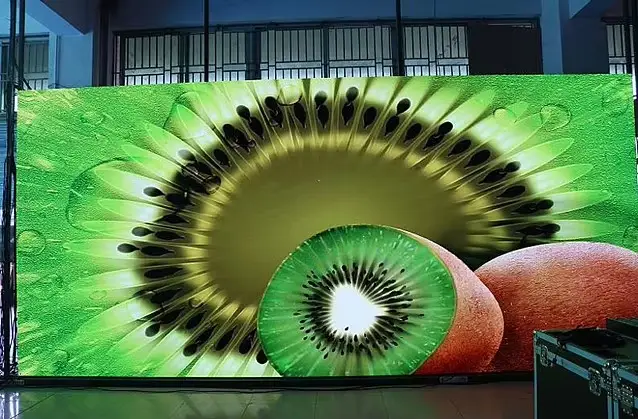
The reason why Rental LED Displays is popular in the market.
The birth of rental LED display stems from the evolution of display technology. Early screens were bulky and limited. In the 1960s, LEDs (Light Emitting Diodes) emerged, offering efficient and vibrant displays. But miniaturization was needed.
The breakthrough came in the 1970s with the invention of micro LEDs. These tiny, powerful lights paved the way for compact displays. In 1977, the first full-color LED display appeared as a milestone. Advancements continued into the 1990s, with improved brightness and color accuracy. Rental LED displays gained attention for their visual impact at events and shows. Costs decreased, and accessibility increased.
#Muenled
#RentalLEDDisplays